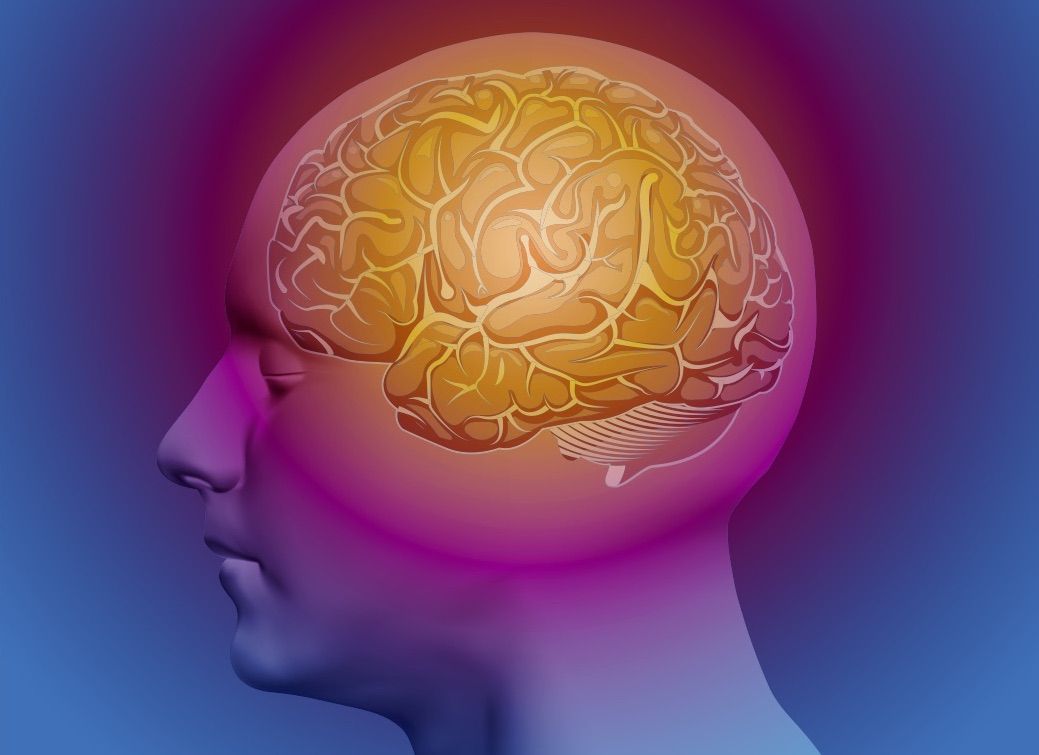Archive for the ‘neuroscience’ category: Page 968
Feb 3, 2016
“Some scientists refer to this as the Singularity. I call it Transcendence.”
Posted by Shailesh Prasad in categories: biological, energy, neuroscience, robotics/AI, singularity, space

http://www.transcendencemovie.com/
Dr. Will Caster: “For 130,000 years, our capacity for reason has remained unchanged. The combined intellect of the neuroscientists, engineers, mathematicians and hackers in this auditorium pales in comparison to even the most basic AI. Once online, a sentient machine will quickly overcome the limits of biology. And in a short time, its analytical power will be greater than the collective intelligence of every person born in the history of the world. So now imagine such an entity with the full range of human emotion. Even self-awareness. Some scientists refer to this as ‘the Singularity’. I call it ’Transcendence’. The path to building such a super-intelligence requires us to unlock the most fundamental secrets of the universe. What is the nature of consciousness? Is there a soul? And if so, where does it reside?”
Luddite: “Dr. Caster.”
Continue reading “‘Some scientists refer to this as the Singularity. I call it Transcendence.’” »
Feb 2, 2016
Mind-Reading Computer Instantly Decodes People’s Thoughts
Posted by Sean Brazell in categories: computing, neuroscience
A new computer program can almost instantaneously decode people’s thoughts based on spikes in their brain activity, a new study suggests.
Feb 2, 2016
Hexagon Resources to access high-purity graphite markets in 2017
Posted by Karen Hurst in categories: electronics, materials, neuroscience
Graphene is coming to the market in Q3 2017 by Hexagon Resources. What is also important about this is not only what graphene does for batteries; is 1 day ago when researchers in Italy released their findings in how graphene can be implanted in the brain without damaging brain cells. Therefore, there is huge potential for grapheme beyond batteries and electronics.
Hexagon Resources is on track for first production next year at its McIntosh project in Western Australia, where the country’s biggest flake graphite resource is already demonstrating huge potential for meeting high-value markets and growing significantly in size.
Feb 2, 2016
Robot drills electrodes into British teen’s brain, cures epilepsy
Posted by Dan Kummer in categories: biotech/medical, neuroscience, robotics/AI, transportation
A British teenager has become the first child in the UK to be cured of epilepsy by a robot that drilled deep into his brain.
Billy Whitaker, 15, had suffered daily seizures for seven years until the operation two weeks ago, which medical experts are convinced has cured him.
The procedure used a £350,000 ($503,455) robot, practically the same as those used on car factory production lines, to drill electrodes into Whitaker’s brain.
Feb 2, 2016
The rise of quantum materials
Posted by Karen Hurst in categories: energy, health, materials, neuroscience, quantum physics
Every time we have a step forward with Quantum for industries like technology, wireless & telecom, manufacturing, energy, etc.; we also gain a steps for healthcare in so many ways such as Q-DOTs eradicating super Bug Viruses, Brain Mind Interface capabilities, implants, etc. Why I luv Quantum so much.
Emergent phenomena are common in condensed matter. Their study now extends beyond strongly correlated electron systems, giving rise to the broader concept of quantum materials.
Feb 2, 2016
World’s First Single-Atom Optical Switch Fabricated
Posted by Karen Hurst in categories: neuroscience, quantum physics, robotics/AI, singularity
Things keep getting better and better for Quantum and Brain Interfaces/ implants as well. What you have to love is the fact how Quantum Dots and it’s research helps us both technically and medically as well. When I reported 2 weeks ago about Quantum Q-Dots; what I did not share is how Q-Dots could be leveraged to wipe out many Super Bug Viruses. And, this is why things are really stepping up in AI/ Robotics, Brain Mind Interfaces, micro bots, etc. Definitely on a path to singularity.
Plasmonics enable wavelengths of light to shrink to the nanometer scale.
Feb 2, 2016
Top 6 Ways Technology Will Make You Immortal
Posted by Shailesh Prasad in categories: bioengineering, computing, Elon Musk, geopolitics, life extension, neuroscience, Ray Kurzweil, robotics/AI, sustainability
Becoming immortal is one of mankind’s many quixotic notions that most people will relegate to the world of fantasy and science fiction. However, there is a subset of prominent scientists who believe that immortality is not only attainable, but it is something that will come to fruition in as little as 25 years. This idea is shared by men like Google’s Director of Engineering, Ray Kurzweil; Tesla Motors CEO, Elon Musk; and one of the most interesting presidential candidates outside of Donald Trump and Deez Nuts, Zoltan Istvan. All three men identify as trans-humanist, and for those who don’t know, trans-humanism is the idea that mankind will one day be able to transcend our biological limitations through the use of science and technology; not to mention, the movement has accumulated over 3 million supporters worldwide. So the question remains, with the multitude of prominent intellectuals who believe immortality is a tangible goal, just how will they go about achieving it? Well, the six answers below could possibly hold the key to everlasting life.
Number Six: Uploading Minds to Computers. Futurists believe that at some point in the near future we will be able to copy and scan all of the data that exists in our brains and upload the information into a computer. This will allow us to perpetually exist as incorporeal inhabitants of cyberspace. Of course, the idea of mind uploading is still purely science fiction, but if it ever becomes tangible, progeny could possibly live in a limitless world, that echoes notions expressed in the Matrix; minus the robot despots.
Feb 2, 2016
Nanotechnology World Association
Posted by Klaus Baldauf in categories: computing, electronics, nanotechnology, neuroscience, particle physics
UT RESEARCHERS DEVELOP ®EVOLUTIONARY CIRCUITS
Researchers of the MESA+ Institute for Nanotechnology and the CTIT Institute for ICT Research at the University of Twente in The Netherlands have demonstrated working electronic circuits that have been produced in a radically new way, using methods that resemble Darwinian evolution. The size of these circuits is comparable to the size of their conventional counterparts, but they are much closer to natural networks like the human brain. The findings promise a new generation of powerful, energy-efficient electronics, and have been published in the leading British journal Nature Nanotechnology.
One of the greatest successes of the 20th century has been the development of digital computers. During the last decades these computers have become more and more powerful by integrating ever smaller components on silicon chips. However, it is becoming increasingly hard and extremely expensive to continue this miniaturisation. Current transistors consist of only a handful of atoms. It is a major challenge to produce chips in which the millions of transistors have the same characteristics, and thus to make the chips operate properly. Another drawback is that their energy consumption is reaching unacceptable levels. It is obvious that one has to look for alternative directions, and it is interesting to see what we can learn from nature. Natural evolution has led to powerful ‘computers’ like the human brain, which can solve complex problems in an energy-efficient way. Nature exploits complex networks that can execute many tasks in parallel.
Feb 1, 2016
Neural Engineering System Design (NESD)
Posted by Karen Hurst in categories: engineering, materials, neuroscience
REMINDER: DARPA’s Neural Engineering System Design (NESD) Program Proposers Days is tomorrow and Wed. (February 2–3, 2016) at The Westin Gateway Hotel, 801 N. Glebe Road, Arlington, VA 22203. This is part of the Brain Mind Interface development work. Good thing that the research on Graphene came out recently showing that it is a viable substance for BMIs.
Users of assistive technologies such as screen readers should use the following link to activate Accessibility Mode before continuing: Learn more and Activate accessibility mode.













